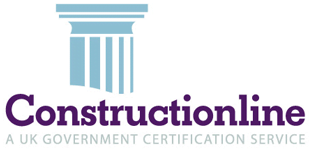Condensation problems in buildings can be a significant concern, leading to various issues such as dampness, mould growth, and damage to property. Our team at Anke Damp Proofing are experienced professionals who specialise in combating condensation problems head-on. With years of expertise serving homeowners just like you, we’ve honed our techniques and solutions to perfection.
What Is Condensation?
Condensation occurs when warm, moisture-laden air comes into contact with a cold surface. The moisture in the air condenses into tiny water droplets on the colder surface, leading to the formation of visible water droplets or “condensation.”


The DaCauses of Condensationmp Proof Injection Process
Several factors contribute to condensation, including:
Identifying Condensation Issues
Recognising condensation-related problems is crucial to addressing them effectively.
Common signs include:


Effective Ventilation
Improving ventilation is a key strategy for managing and preventing condensation.
Consider the following:
Temperature Control
Maintaining a consistent indoor temperature can reduce condensation.
Here’s how:


Dehumidifiers
Dehumidifiers can help reduce indoor humidity levels. Consider the following:
Air Circulation
Enhancing air circulation can mitigate condensation. Try these methods:
We Can Provide You With Professional Assistance
If condensation issues persist or worsen, seeking professional help is advisable.
Professional solutions include:
Managing and preventing condensation requires a combination of lifestyle adjustments, home improvements, and, in some cases, professional assistance. By understanding the causes of condensation and implementing effective strategies, you can create a healthier and more comfortable indoor environment, free from the damaging effects of excessive moisture.












